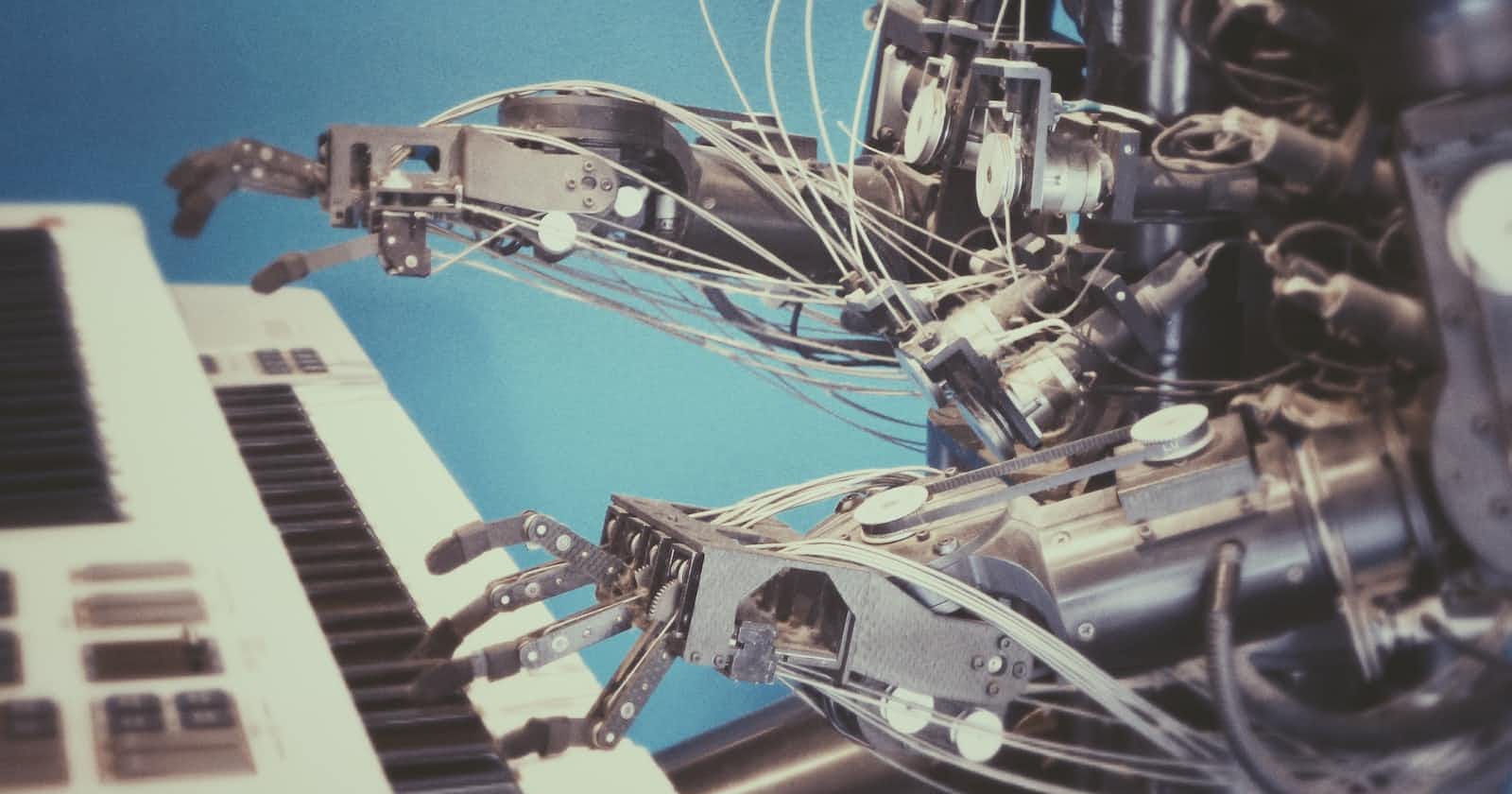
Photo by Possessed Photography on Unsplash
Exploring the World of Artificial Intelligence Models
Understanding their Importance and Applications
Artificial Intelligence models are truly revolutionizing the way that businesses, organizations, and even students interact with and make sense of data, and tasks. AI Models are a set of algorithms that can allow computers to learn from data and make decisions without relying on any pre-programmed/hard-coded rules. The purpose of AI models is to make predictions based on the data that they are given, and our benefits of using them include things such as; automation, image recognition, and more. In this blog post, we will skim over and explore the world of AI.
Understanding AI Models, Simplified
Understanding AI models can be difficult to understand even if you do have a strong technical background. Think of an AI model as a chef who has been trained to make a specific dish. This chef has been taught how to cook the dish by being shown many examples and has learned the best way to prepare it through practice, trial, and error. Just like a chef, an AI model is trained on a large set of data to recognize patterns and relationships within the data. The purpose of the model is to make predictions or decisions based on new or unseen data.
Day-to-Day Usage of AI Models
AI models have a very wide range of applications in our day-to-day lives from speech recognition and language translation to image and video analysis, to fraud detection and recommendation systems in your favourite mobile applications and websites.
Let us take a look at just a few examples:
Fraud Detection: An AI model can be trained on a large database of financial transactions to identify patterns and relationships that can be indicative of fraudulent activity. This can be used to automatically flag suspicious activity in our bank accounts and credit cards and pause usage on them to keep us safe.
Image Classification: A model that has been trained on a large dataset of images can classify new images based on the content of said images. For example; the model could be trained to recognize different types of animals, and when given the image it would have an output such as "dog" or "cat". Some more practical uses of this technology can be found in devices like Nest's Doorbell Camera which can over time learn the faces of those who visit your home regularly, then can attach a name to it.
Recommendation Systems: Last, but not least, an AI model that is trained on the preferences and behaviors of a user, can make recommendations about products or content that the user is likely to be interested in. For example; a recommendation system like TikTok's For You Page can be seen using this type of model and training to show the user what type of videos they enjoy watching.
We live in an extremely exciting time in terms of AI development, and one thing that excites me the most is how current AI can handle such large amounts of data at such high speeds, especially when comparing them to single-machine algorithms. The best part of it all, as the data grows, all we have to do is simply add more machines to the cluster so it can handle the increased processing needs.
So, what makes an AI Model successful?
The key to a successful AI model is having a large, diverse, and well-labeled dataset to train on. The more examples the model has to learn from, the better it will be at recognizing patterns and relationships in the data. Additionally, it is important to have a well-design algorithm that can efficiently process the data and learn from it. For example, we can see Tesla using all the data from its sensors, cameras, and incident reports in its Full Self-Driving Beta participants. This large amount of data is very useful in making the AI in Tesla's cars become better and more efficient with every update.
Another important factor is having a clear goal in mind for the models. What problem are you trying to solve and what predictions or decisions do you want the model to make? Having a clear goal can and will help guide the design and training of the model and sure it's able to achieve its intended purposes.
Finally, it's important to continually evaluate and improve the AI model. As new data becomes available, the model should be retrained to incorporate the new information and continue to improve its predictions and decisions.
In Conclusion
AI Models are an extremely powerful tool to process large amounts of data and solve complex problems for us in a faster timeframe. They may not be perfect right now, but as each model is fed more and more data by the day, it will be very intriguing to see what AI models look like in 5 years and what conversations we will be having about them then.


